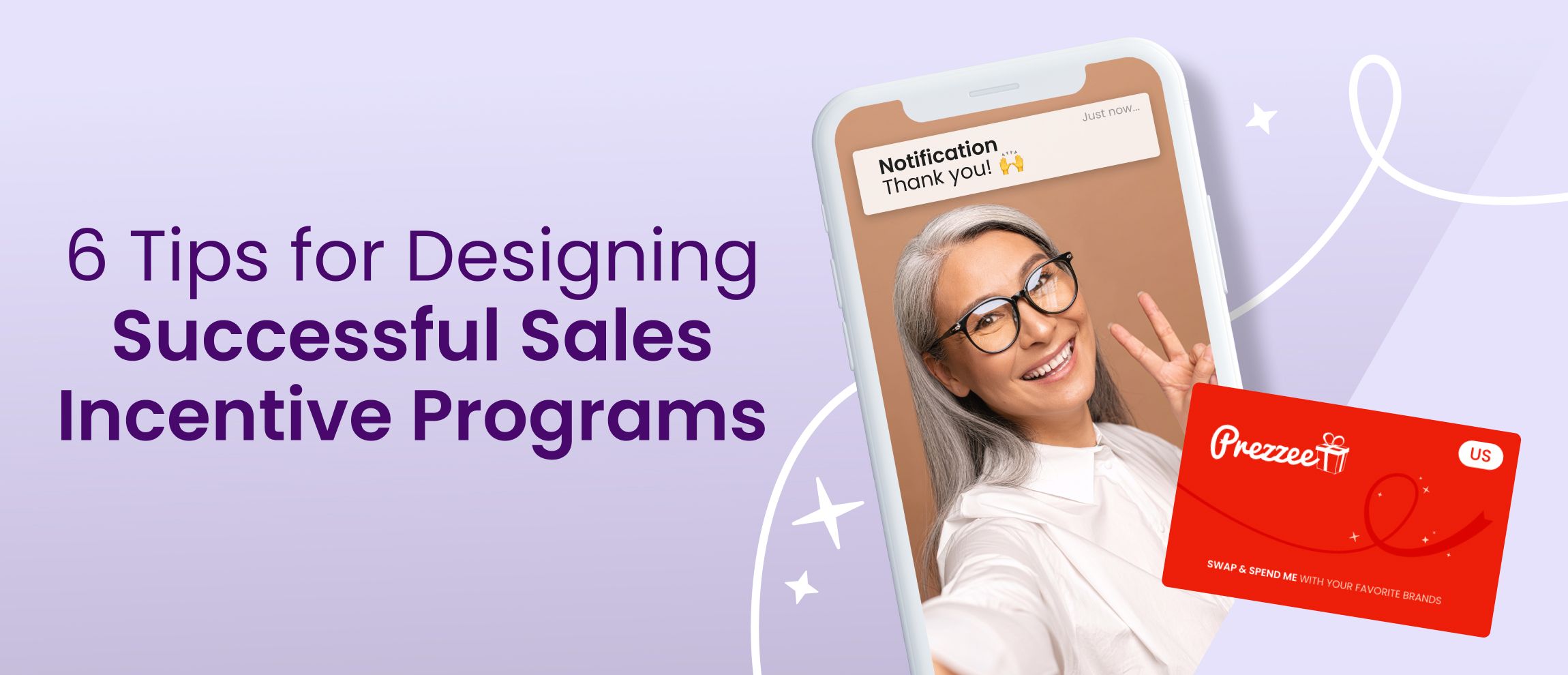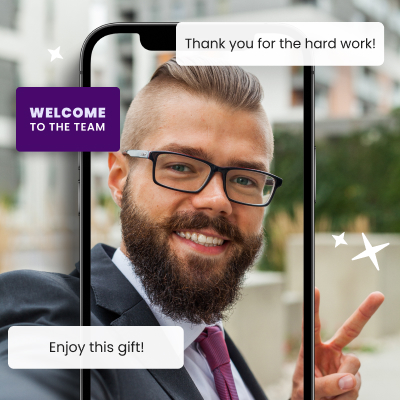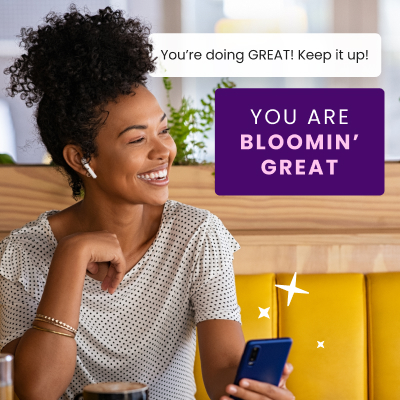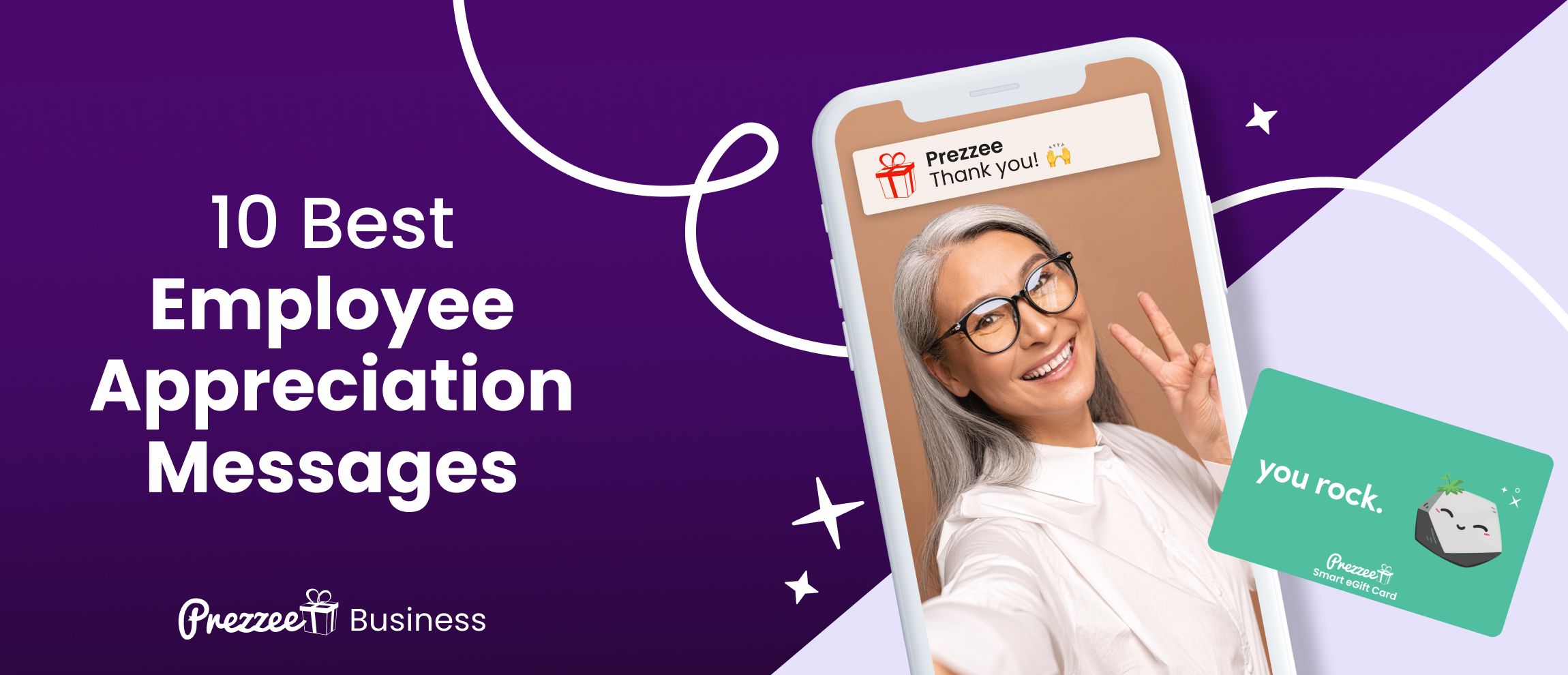6 Tips for Designing Successful Sales Incentive Programs



6 Tips for Designing Successful Sales Incentive Programs
Creating a successful sales incentive program for your top performers takes organization, planning, and support from business leaders. But just like anything of value, the results are more than worth the effort.
Incentives are a universal tool because they have a universal effect — incentives drive us to dig deep and fulfill our greatest potential.
The Incentive Research Foundation (IRF) found that sales incentive plans were an integral part of strategies used by 90% of top-performing companies. Are you ready to join that list? Keep reading to learn how to design and execute a winning playbook for your bottom line.
Incentives vs. Rewards: What’s the Difference?
First, it’s essential to understand what differentiates an incentive from a reward for sales professionals. Although the two words are often used interchangeably, they represent different uses and meanings.
While different, incentives and rewards can’t exist without each other. An incentive is used for motivation to do something before the action is taken, while a reward is that thing given when the action or goal is executed.
Motivation is one of the most powerful tools in our society, but it can’t exist without the possibility of a desired output. Likewise, promising rewards without attaching them to results can be a net negative.
While done with positive intent, it can breed complacency in your workplace. Providing unearned rewards can cause your team to falter in challenging situations as they grow to feel entitled to rewards regardless of putting in the effort to warrant recognition.
Tip 1. Include All Stakeholders in Program Planning
Working as a team is indeed greater than the sum of its parts. In other words, you’ll get much done faster if you plan as a unit and avoid running into snares later. No one wants to lose momentum by backtracking, forgetting to involve a team or department, or scrapping the whole plan and starting from square one.
In today’s world, the lines between the sales team roles are more blurred than ever, so all salespeople who might touch the initiative program should be included in the kick-off.
Furthermore, those who need to be consulted could stretch cross-categorically. Include partners such as human resources, legal, operations, and finance departments, all of which can play a role in the sales process and making new sales.
Tip 2. Decide What Incentive Program Will Best Accommodate Your Sales Goals (and Employees)
Sales incentive programs can come in different shapes and sizes, so choosing what style is best for your team’s size and unique objectives is essential.
What may work for your group may completely fail with another. Keep reading to learn what types of incentives exist to understand the best fit for your sales targets.
Omnichannel Incentives
According to recent research, omnichannel shoppers tend to spend much more. Omnichannel businesses make upward of 30% more than their single-channel competitors.
Your team members will each play crucial roles at different touchpoints. Rewarding team members based on where they close sales in the customer journey is a smart idea that can help build cross-channel cohesion.
Presales Incentives
Presale incentives cater to those working with prospects who may take longer to close a deal or sell products with longer than usual sales cycles. In these cases, the closing stage may feel like a never-visible finish line, causing employee burnout and discouragement.
Instead of placing the entirety of the reward potential on the result, presales incentives shift the focus to various stops along the way. Readjusting the concentration to hitting milestones instead of an overwhelmingly long end date can put new wind in your team’s sails to soar to a successful closing stage.
Split Incentives
Sometimes employers offer incentives to teams or groups of people rather than the efforts of an independent employee.
This can be especially true if teams are spread across the same territory but pulling different levers, or teamwork is needed to tackle the unchartered territory of selling a brand new (or even trickier, complex) product.
The golden rule here is to determine ahead of time whether the potential bonus will be split evenly or distributed by a percentage based on factors such as employee involvement or expertise level. This way, there is no awkward confusion or friction if the bonus is split unfavorably for an employee expecting to receive more of the pie.
Role-Specific Incentives
Motivation factors can differ based on an employee’s skill level or experience. For example, a top salesperson will be driven by a tiered reward system, while others aim to hit their quotas.
A multi-level set-up may discourage employees to whom it doesn’t apply. To avoid the risk of crushing your employees’ spirits, keep options open for employees to hit specific goals relative to their needs.
With corporate gifting, there is a style for everyone. Something relaxing, trending, useful, or all of the above — with Prezzee’s eGift Cards, you can find the perfect corporate gift for every employee.
Tip 3. Keep Your Team Motivated by Pairing Rewards With Incentives

Now that you know what goal you want to accomplish and how you will do it with the sales incentive program that works best for you, it’s time to figure out why your employees will want to put in the extra effort to keep closing deals.
Remember what we learned earlier about how incentives and rewards can’t work together? Well, it’s time to pair up the two.
Here’s what to review when tackling this step, starting with identifying what rewards your team wants:
Don’t Know What Lights Up Your Employees? Ask!
Remember when we learned earlier to involve all stakeholders from the get-go of planning? This initial group should include the sales reps themselves.
Use this planning kick-off time as a chance for sales managers to get to know their team members better — what motivates them, makes them tick, excites them, and their professional goals.
When building the blueprint for your sales incentive scheme, remember that no one-size-fits-all solution will universally impact employee engagement for reaching (or preferably exceeding) their quotas.
In an ideal situation, a team or employee can be presented with options for what will suit them best. With Prezzee’s Smart eGift Card, you can allow your employees to choose themselves. Keep reading to discover what the choices can look like when building your program.
Types of Sales Performance Incentive Funds
Sales performance incentive funds (or SPIFs) fall into two main buckets:
Let’s learn about cash incentives and non-cash rewards.
Monetary Incentives
Many companies use monetary incentives to reach goals. Once those goals are reached, employees get rewarded through funds.
Some common examples of monetary incentives include:
- Sales compensation
- Cash bonuses
- Sales commissions
- Company profit-sharing programs
Non-Monetary Rewards
As you might have suspected, non-monetary rewards are anything but cash (see how easy this is?).
Using non-monetary funds is a chance for your company to inspire creativity and earn your team's trust by rewarding them based on their interests and personalities. Examples of non-monetary rewards include:
- Awards or employee/team recognition
- Office perks that can’t be purchased (reserved parking space)
- Personal development opportunities
- Extra benefits
As monetary incentives are more self-explanatory, let’s dive into how you can really emphasize your company’s values by creatively implementing non-monetary rewards.
The Best Non-Monetary Rewards
While brainstorming potential non-monetary rewards, providing a good or service that enhances the employee’s work experience is important.
The positive impact of an enriching gift or opportunity can influence a healthier work environment and create fresh confidence among your team members.
Innovative Office Gadgets
You’d be surprised (or maybe not if you’re a fellow tech geek) at the extent to which efficient office tools can brighten up the workday. The right equipment can make work feel — dare we say it — fun.
Still, WFH employees often have very particular needs. Getting them an eGift Card catered to their home office preferences can be an excellent way to personalize your gesture.
Check out Prezzee’s catalog of eGift Cards for home goods and tech supplies if you’re looking for the perfect option.
Some essential items that are worth considering in this regard include the following:
- Dual-monitors
- Wireless keyboards
- Balance ball office chair (believe it or not, these are ergonomic and help keep you focused)
- Air purifier
- Standing desk
Digital Gift Cards

There’s no denying how much society has accepted and regularly utilized gift cards. The appeal is understandable — a small, easily accessible resource that packs a big punch.
Physical gift cards are good, but today, there’s something even better. Instead of giving out the traditional form, we invite you to join us in the 21st century by using the effortless digital version of this beloved concept. Virtual gift cards are faster, easier, more reliable, and environmentally friendly.
You can send eGift Cards instantly to recipients, and with Prezzee’s Smart eGift Card option, recipients can even swap for a retailer they might prefer over their original gifted company. Talk about a win-win situation all around.
Sales Training Opportunities
When the words “rewards” or “bonuses” usually make us think of a prize being enjoyed outside of the office, incentive themes around career development are just as inciting to some employees.
While cash bonuses mainly give short-term fulfillment, opportunities for personal growth can be considered the gift that keeps on giving.
Ideas for utilizing employee training as an effective sales incentive include:
- Shadowing someone at the company they admire for the day
- The opportunity to work alongside sales leaders on a more advanced project
- The chance to stretch into another area of business that the employee is interested in
- The chance to take a business education course funded by the company
The incentive of furthering performance training is an overall great incentive offering because not only will your employee feel more confident, but your company’s future bottom line will thank you, too.
Tip 4. Supplement Incentives With Employee Recognition
Treat your sales force to a healthy dose of praise while serving their rewards. While rewards are certainly valued, showing that you recognize all their hard work as a business leader leaves more of an impact.
An excellent example of showcasing the effective combination of rewards plus praise is by communicating exactly why, in specific detail, the employee is valuable.
Acknowledge the excellent occasion, what the employee did, and how it impacted the team and business. This will show them you are paying attention and that their performance matters to you — which will mean more to them than most rewards.
Employee appreciation messages should be personable. For example, if you send an eGift Card with Prezzee, you can attach a custom video or written message to drive home the impact.
Tip 5. Conduct a Program Tear-Down Session
After concluding a campaign or closing a big deal, invite participants, stakeholders, and leaders to a sales incentive program breakdown session.
Analyze your company’s performance metrics during the program timeframe against historical data of a non-program implemented era. Ask what the group liked, disliked, would like to change, or incorporate for the next round.
You may consider separating sessions into a formal setting where data and results are discussed and a lighter, informal session to understand feedback from a more candid perspective.
Don’t be afraid to host this session in a fun way, such as throwing a conclusion party with a happy hour. Employees may feel less pressure to give an answer they think is what leaders want to hear, instead of how they feel, when in a more relaxing setting.
- Bonus: Don’t just wait until the end of the program to discuss wins and opportunities. Meet regularly while the program is still live in the event details can be tweaked to optimize results and employee experience.
Incentivize Intelligently With Prezzee

The goal of the right sales program should positively influence sales productivity and inspire your team to be the best versions of themselves.
Prezzee is here to help you accomplish both goals. With 360+ top retailers (and growing), you can cater to whatever brand or lifestyle uniquely motivates each individual’s interests.
So go ahead and check rewards off your planning to-do list — we got you covered.
Sources:
Ten Things Top Performing Companies Do Differently | Incentive Research Foundation
4 in 5 Employees Want Benefits or Perks More Than a Pay Raise; Glassdoor Employment Confidence Survey | Glassdoor
50 Omnichannel Statistics for Retailers | Fit Small Business



